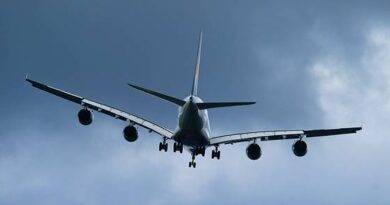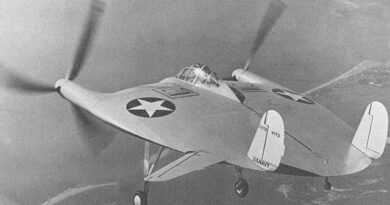Why Planes Fly Faster to the East: A Guide to Jet Streams and Aviation
Ever wondered why flights heading east are typically shorter than those heading west? The secret lies in a natural phenomenon called the jet stream. Understanding how these high-speed air currents work can explain why flight times differ depending on your direction of travel.
What Are Jet Streams?
Jet streams are fast-moving currents of air that flow from west to east in narrow bands located at high altitudes, typically where commercial airplanes cruise. These winds are caused by atmospheric heating from solar radiation and the Earth’s rotation, which together create strong air currents along specific latitudes. The two primary jet streams in each hemisphere are the polar and subtropical streams, with the polar jet stream being the stronger of the two (Sciencing) (Executive Flyers).
How Jet Streams Affect Flight Time
Flights heading east benefit from these strong westerly winds, which effectively give the plane a tailwind. This natural boost can significantly reduce travel time, as the plane’s ground speed increases without requiring additional fuel. Conversely, flights heading west must fight against the jet stream, creating a headwind that slows them down and increases flight duration (Executive Flyers).
For example, a flight from New York to London might take around 6.5 hours with the help of the jet stream, but the return flight could take 7.5 hours or more due to the headwind. The same principle applies to shorter transcontinental routes, such as Los Angeles to New York, where traveling eastward is typically quicker (Executive Flyers) (WorldAtlas).
Why Earth’s Rotation Doesn’t Impact Flight Time
A common misconception is that Earth’s rotation affects flight duration. While the Earth does spin eastward at a significant speed (about 1,000 miles per hour at the equator), both the atmosphere and everything within it—including airplanes—are moving at the same rotational speed. This means that the Earth’s rotation does not provide any additional speed for planes heading west. Instead, the jet streams are the primary factor affecting flight times in different directions (Executive Flyers).
First Use of Jet Streams in Aviation
The first documented use of jet streams in aviation occurred in 1952, when a Pan Am flight from Tokyo to Honolulu used these winds to cut its journey by nearly 7 hours, reducing the typical flight time of 18 hours to just 11.5 hours. Since then, airlines have incorporated jet stream patterns into their flight planning to save both time and fuel (Executive Flyers) (Sciencing).
Optimizing Flight Routes with Jet Streams
Modern airlines carefully monitor jet stream activity and adjust their flight paths accordingly. This sometimes means taking longer, more northerly routes to take full advantage of the jet stream, especially on transatlantic and transpacific flights. The benefits are clear: shorter flight times, reduced fuel consumption, and cost savings for both airlines and passengers (Executive Flyers) (Sciencing).
Conclusion
Next time you’re booking a flight and notice that traveling east seems faster, you’ll know why. Jet streams—powerful, high-altitude winds—play a crucial role in aviation by boosting eastbound flights and slowing westbound ones. Though the Earth’s rotation doesn’t directly affect flight times, the strategic use of jet streams has helped airlines optimize routes and reduce costs since the 1950s.
By understanding this natural phenomenon, you’ll gain a new appreciation for the science behind your flight schedules. Safe travels!



